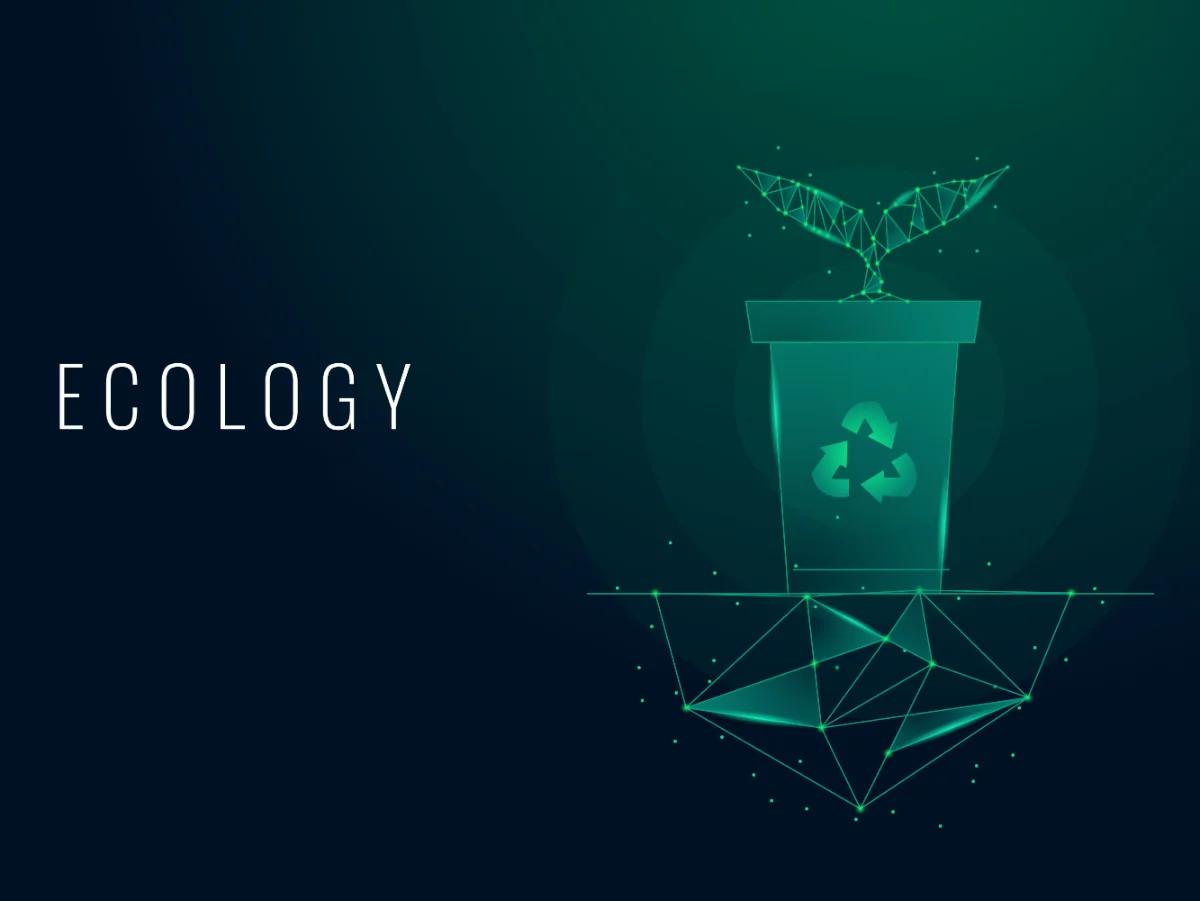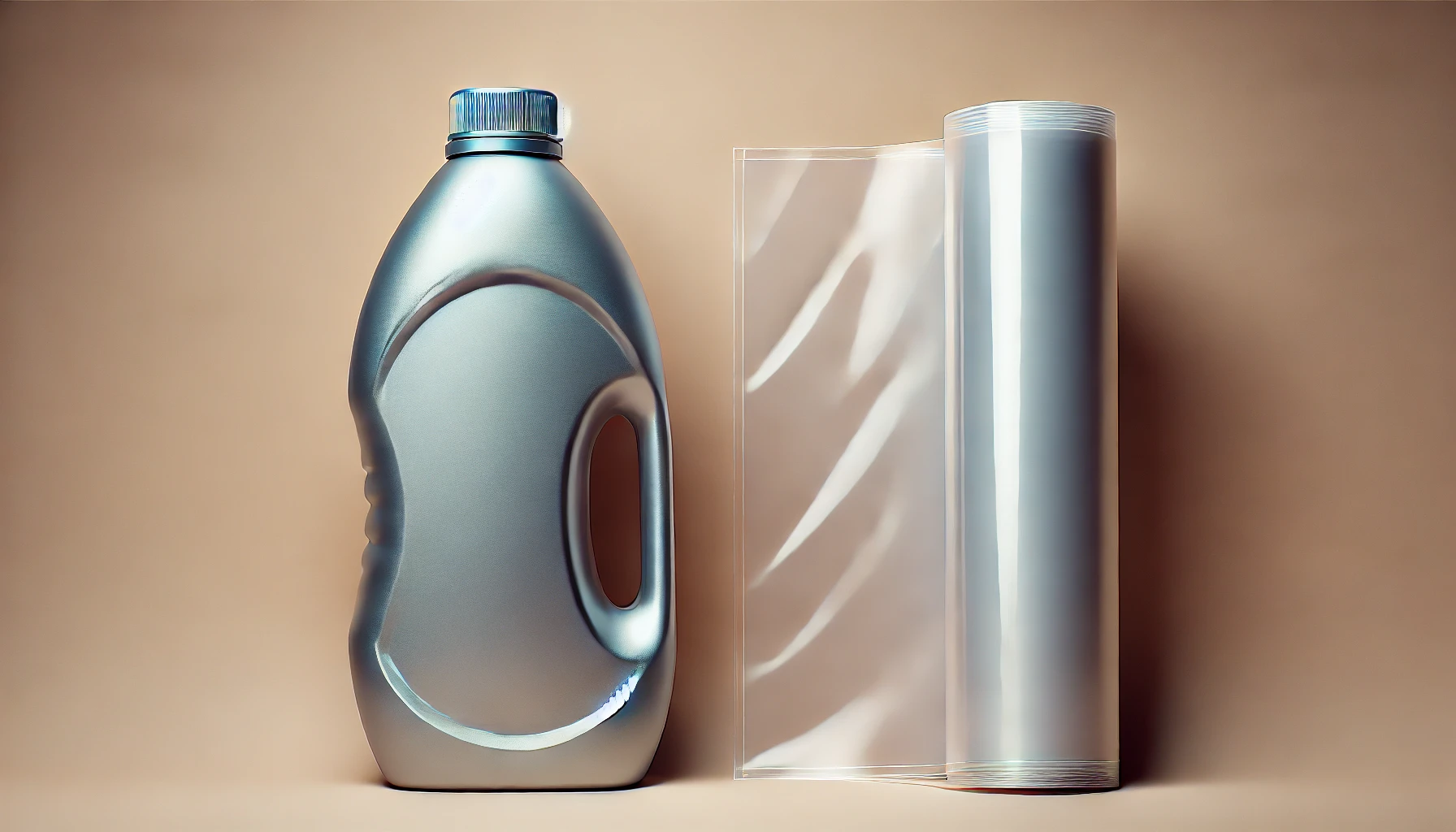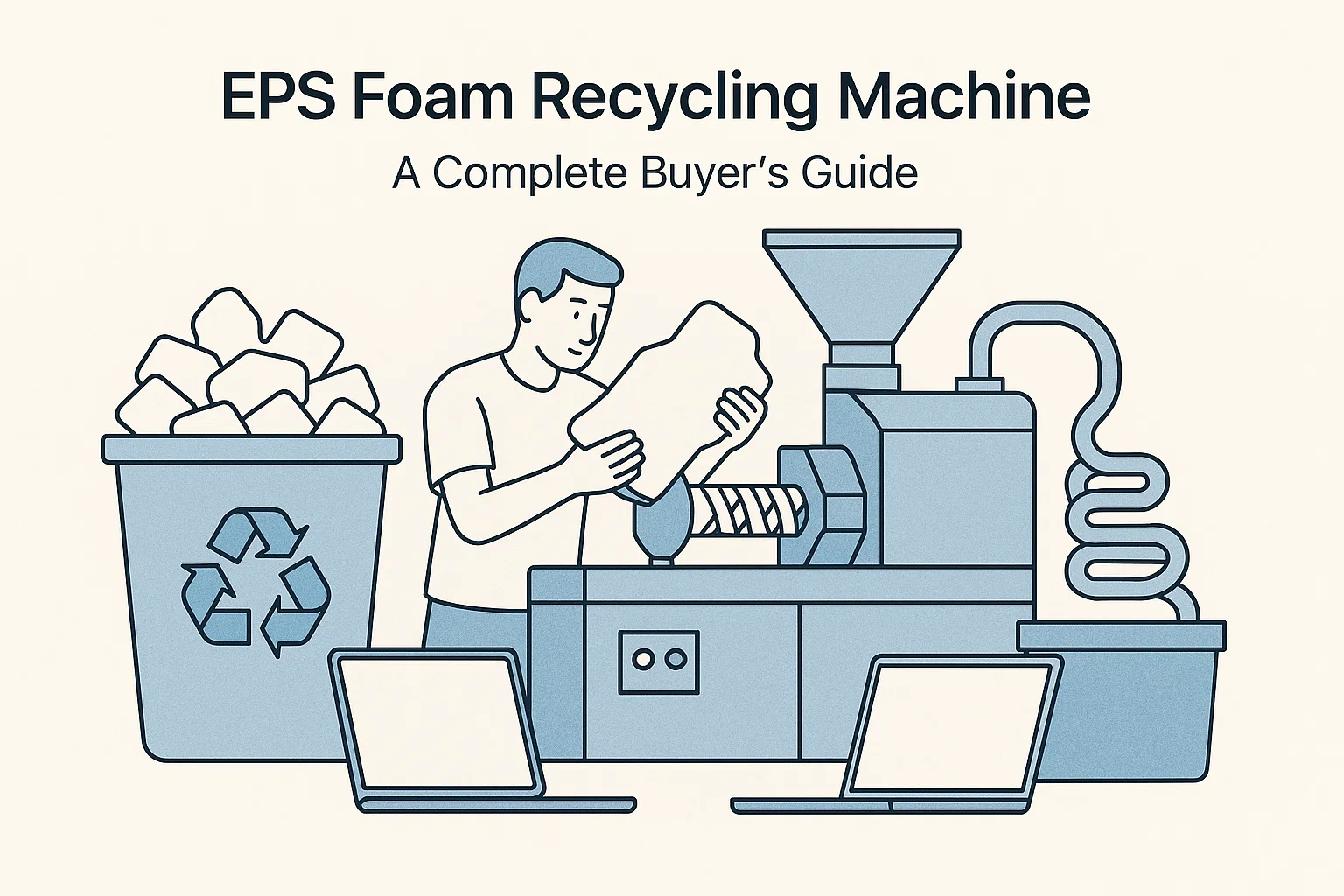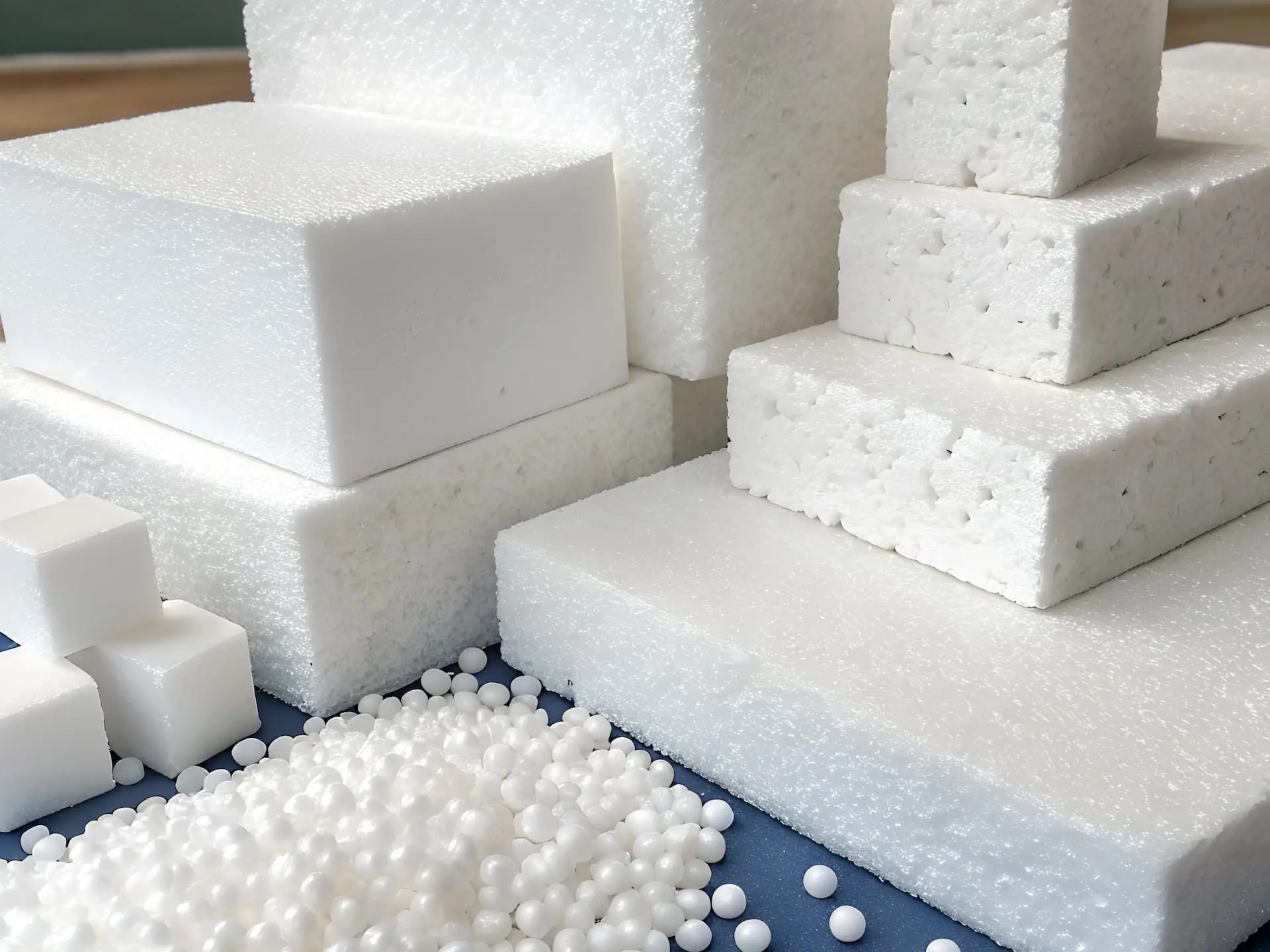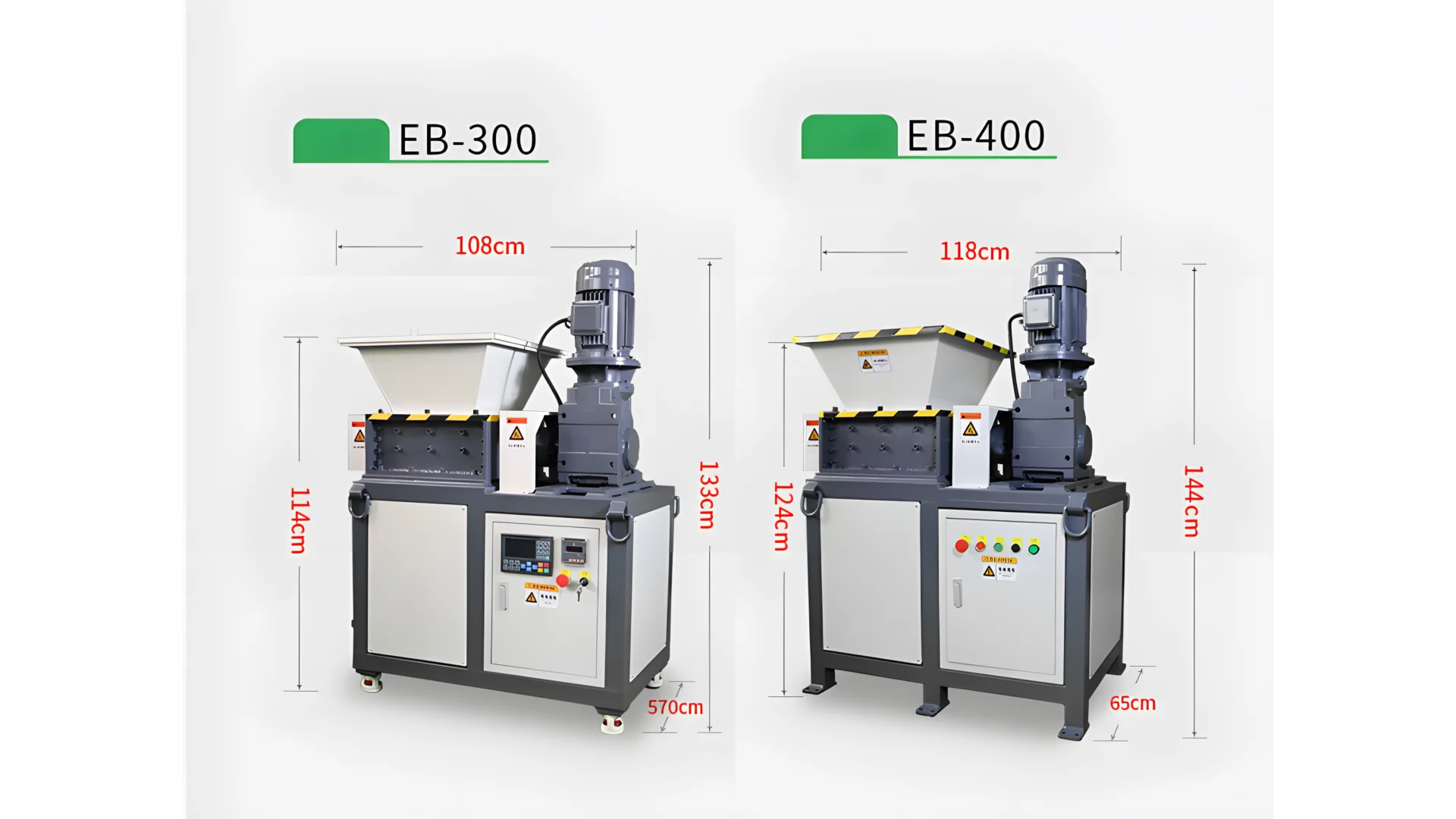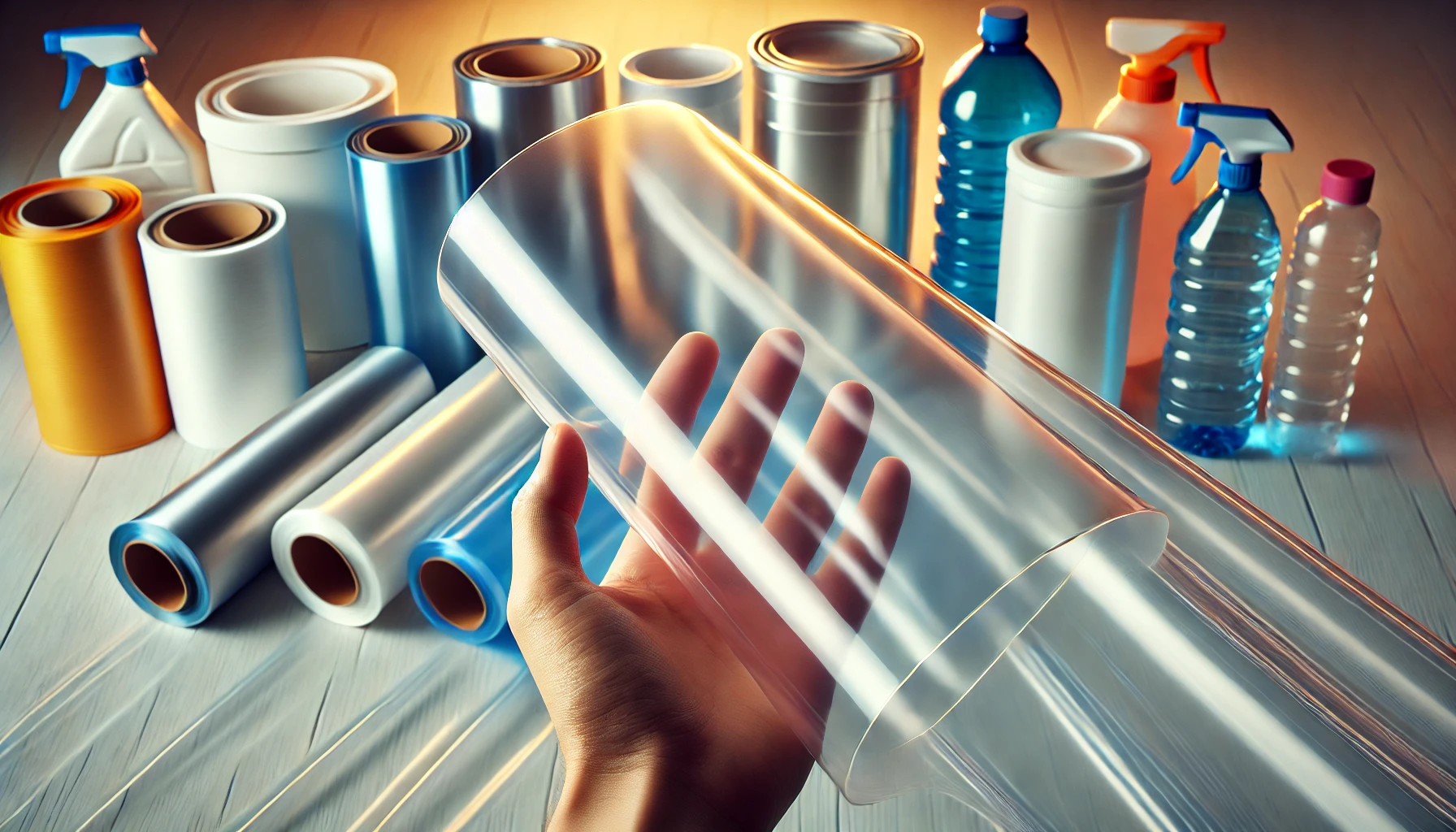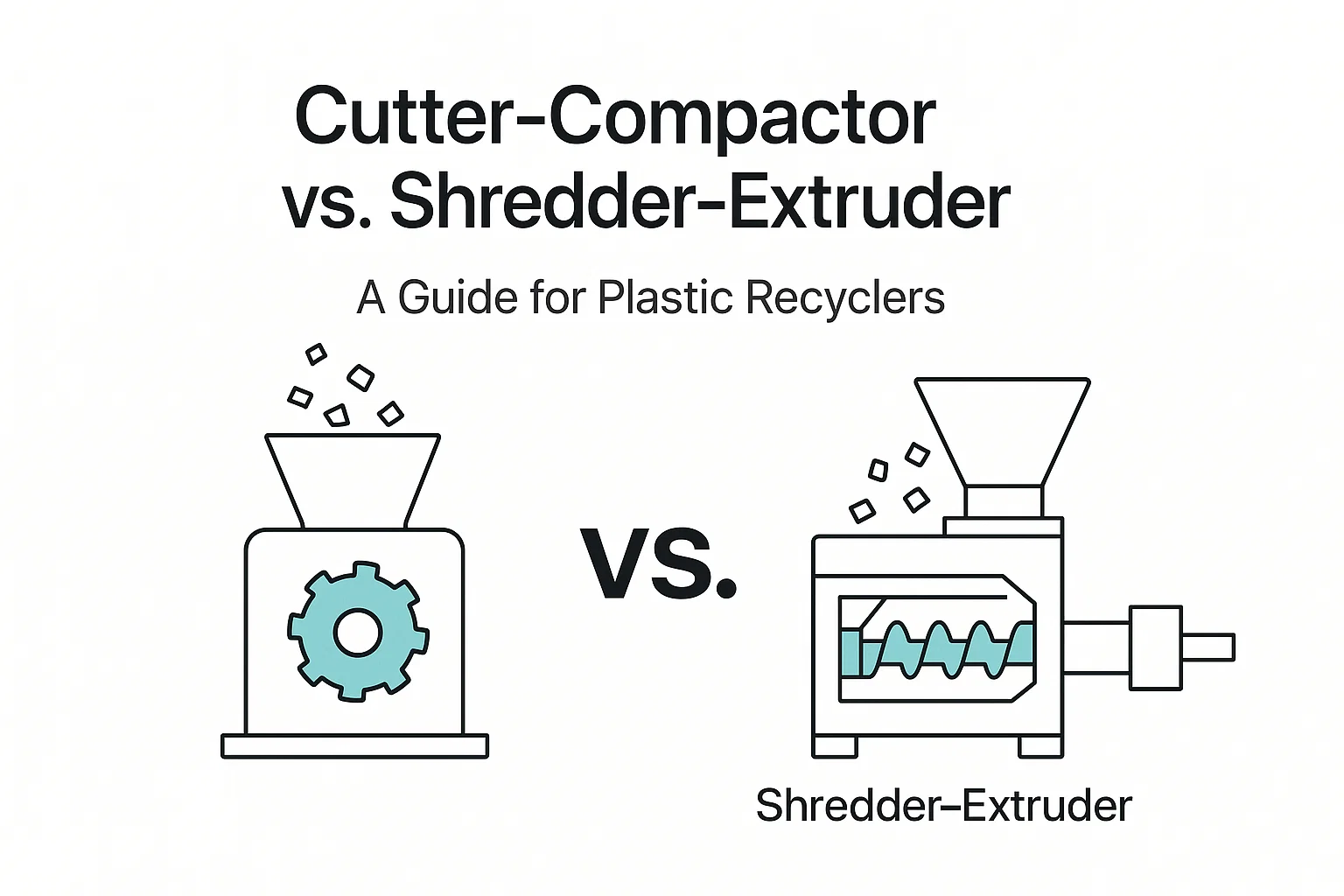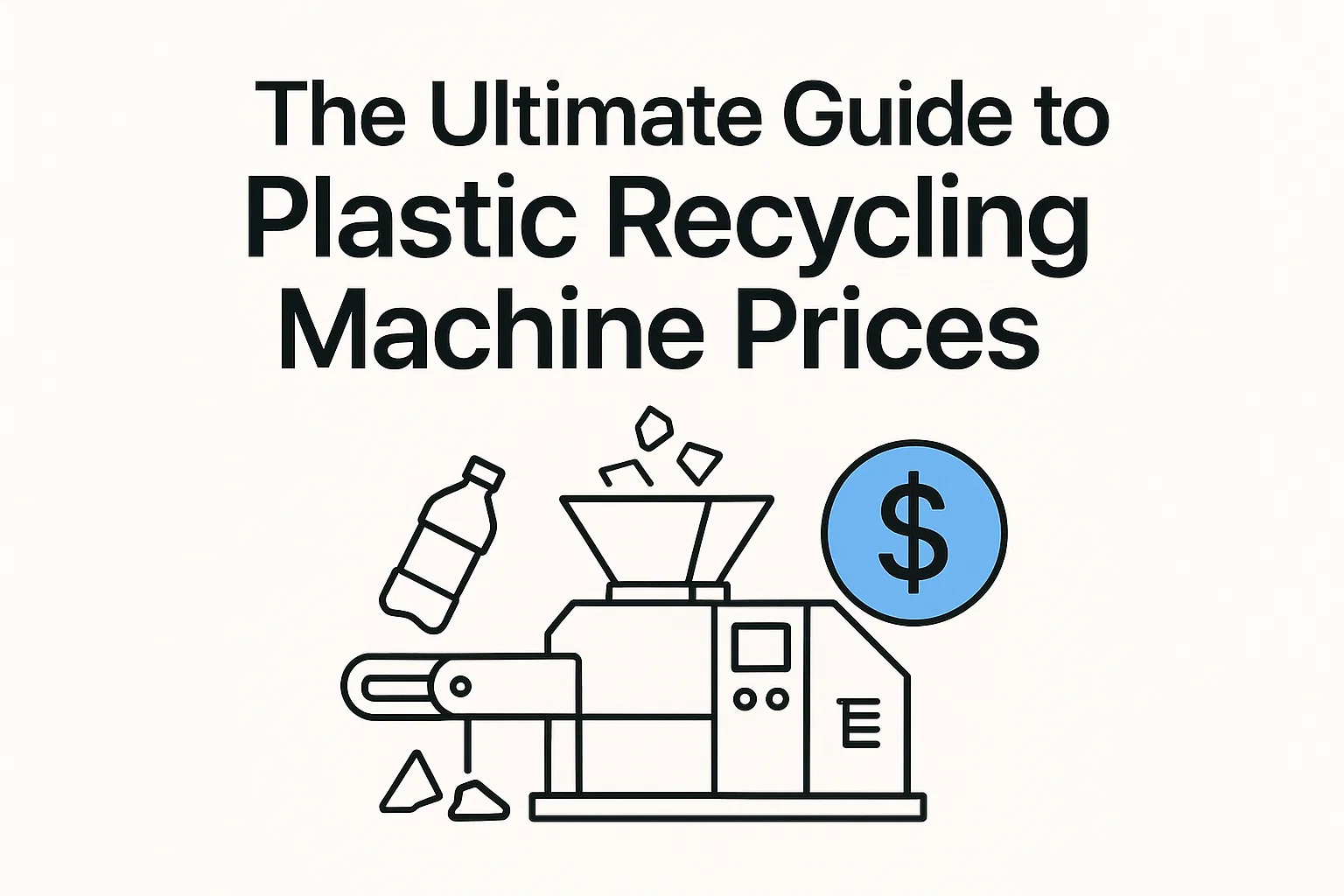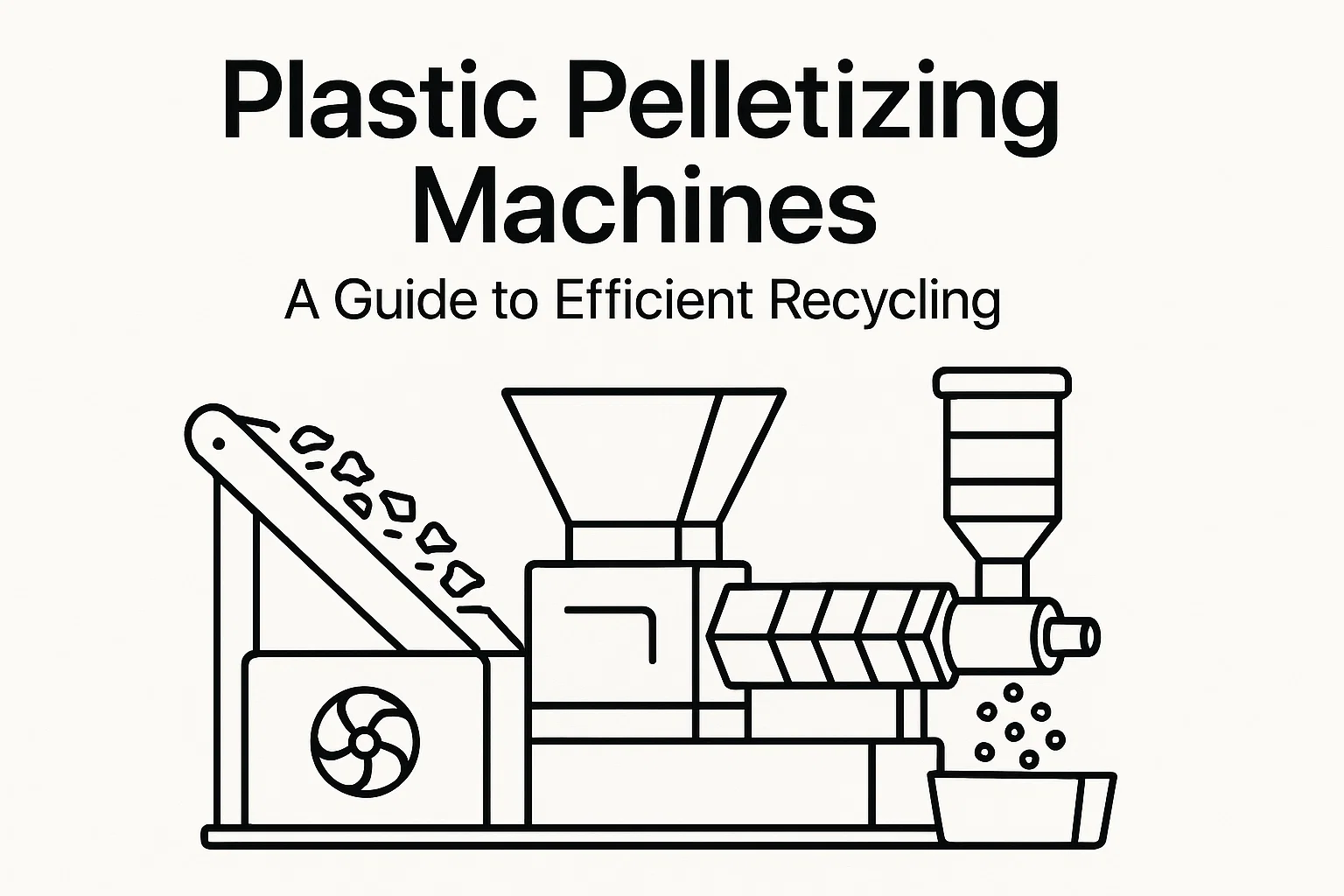Notizie sul riciclaggio
Categorie Notizie sul riciclaggio
Pubblicato il
L'AI sta trasformando l'industria del riciclaggio integrando intelligenza nelle macchine per il riciclaggio della plastica. Questa tecnologia stimola la crescita attraverso una sorta di separazione iper-accurata, la manutenzione preventiva per ridurre i tempi di inattività e l'analisi dei dati per l'ottimizzazione del processo. Il risultato è una maggiore purezza dei materiali, costi operativi più bassi e un commercio globale più forte dei materiali riciclati.
Categorie Notizie sul riciclaggio
Pubblicato il
Un estrattore di pellicola di plastica è essenziale per riciclare efficacemente plastiche morbide come le pellicole LDPE e PP. Attraverso la meccanica desidratazione del materiale lavato al di sotto del 3% di umidità, elimina la necessità di essiccatore ad alta energia, previene gli intasamenti di produzione e prepara i granuli densificati per la granulazione di alta qualità, aumentando la redditività e il throughput.
Categorie Notizie sul riciclaggio
Pubblicato il
Impara le principali differenze tra trinciaballatrici e trituratrici per il riciclaggio. Questo guida spiega i principi operativi, le dimensioni dell'output e le strategie di decisione degli acquirenti, aiutando i professionisti a scegliere l'attrezzatura migliore per il loro flusso di rifiuti. Trova dettagli su macchine personalizzate e consigli pratici con Energycle Machine.
Categorie Notizie sul riciclaggio
Pubblicato il
La comprensione dei prezzi delle macchine per il riciclaggio della plastica è fondamentale per le aziende che entrano nel settore del riciclaggio. Questa guida completa copre i costi degli impianti, dagli shredder di livello entry-level agli impianti industriali completi, aiutandovi a prendere decisioni di investimento informate con calcoli ROI dimostrati e insights di mercato attuali.
Categorie Notizie sul riciclaggio
Pubblicato il
LDPE e HDPE sono plastiche largamente utilizzate che presentano caratteristiche distintive, punti di forza e debolezza, e necessità di riciclaggio. Imparate a selezionare il materiale giusto per imballaggi, contenitori e utilizzi industriali, guidati da ricerche e standard dell'industria.
Categorie Notizie sul riciclaggio
Pubblicato il
Questo completo guida per l'acquirente spiega come scegliere la macchina di riciclaggio EPS più adatta per la tua attività. Confrontiamo le principali differenze tra i compattatori a freddo e i densificatori a fusione, elenchiamo 7 fattori di valutazione critici e forniamo un chiaro processo passo-passo per assicurarti di fare un investimento intelligente e profittevole nel gestione dei rifiuti.
Categorie Notizie sul riciclaggio
Pubblicato il
È possibile riciclare la schiuma per la tua attività? Questo guida professionale copre il processo industriale per la schiuma EPS, EPE e EPP, mettendo in luce il ruolo cruciale dell'attrezzatura di densificazione. Scopri come trasformare il tuo flusso di rifiuti di schiuma da un problema costoso a un asset prezioso e generatore di entrate oggi stesso.
Categorie Notizie sul riciclaggio
Pubblicato il
Gli shredder per hard disk offrono una soluzione sicura per la distruzione dei dati, distruggendo fisicamente le unità e rendendo impossibile il recupero. Questo articolo esplora i vantaggi, i principi di funzionamento e le applicazioni degli shredder per hard disk.
Categorie Notizie sul riciclaggio
Pubblicato il
Comprendi l'essenziale del processo industriale di riciclaggio delle pellicole in PE e PP. Questa guida dettaglia ogni passaggio, dalla raccolta e allo sfasciamento fino al lavaggio e alla granulazione. Impara come superare le sfide comuni e scegliere la macchina giusta per un'operazione profittevole e sostenibile.
Categorie Notizie sul riciclaggio
Pubblicato il
Questo esperto guida aiuta i professionisti del riciclaggio della plastica a scegliere tra un sistema taglieri-compactatore e uno smaltitore-elettrofilatore. Li confrontiamo su fattori aziendali chiave come l'uso di energia, l'impronta, la idoneità dei materiali e il costo, per guidare la tua decisione di investimento nel riciclaggio di plastiche morbide come pellicole e sacchi, in modo efficace.
Categorie Notizie sul riciclaggio
Pubblicato il
Capire i prezzi delle macchine per il riciclaggio della plastica è fondamentale per un investimento intelligente. Questo guida fornisce parametri di costo realistici per macchine individuali come frantumatori e estrusori, nonché linee complete per pellicole di PE e bottiglie in PET, aiutandovi a pianificare accuratamente il budget del vostro progetto.
Categorie Notizie sul riciclaggio
Pubblicato il
Le macchine per pelletizzazione di plastica sono essenziali per il riciclaggio, trasformando i rifiuti di plastica in perline uniformi. Questo guida spiega come funzionano, confronta i principali tipi come le pelletizzatrici a filo e a anello d'acqua, e elenca i fattori da considerare quando si sceglie l'attrezzatura giusta per le vostre esigenze produttive.



